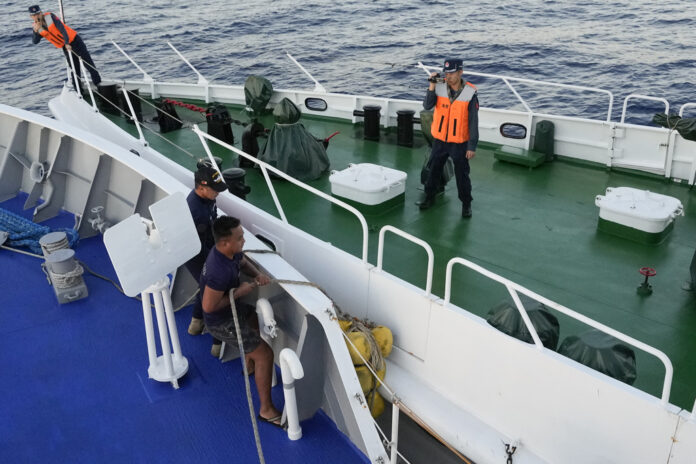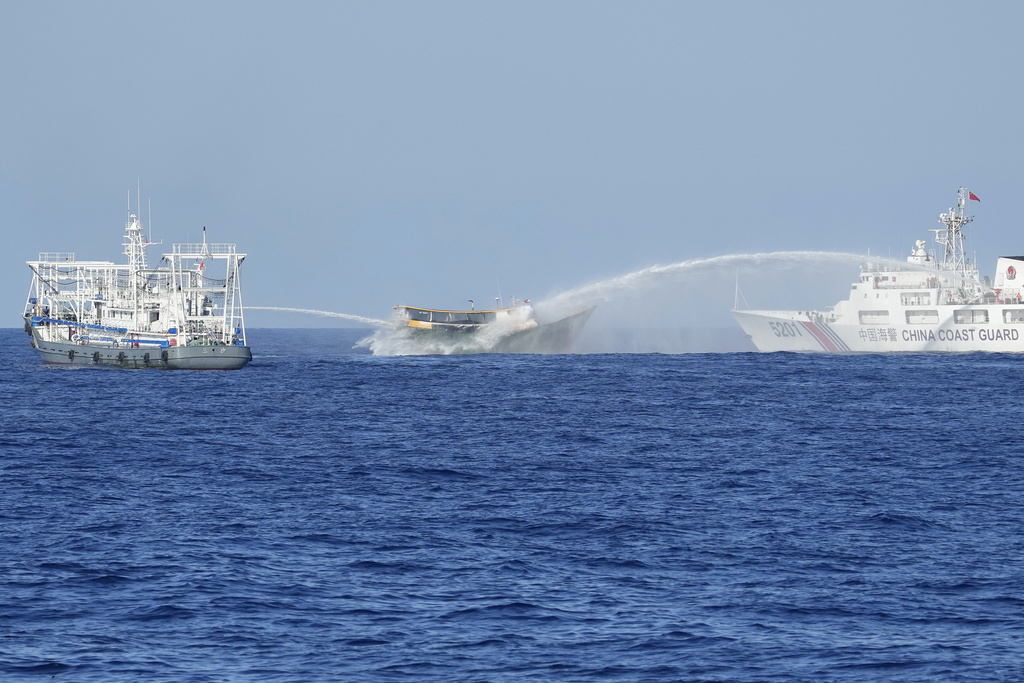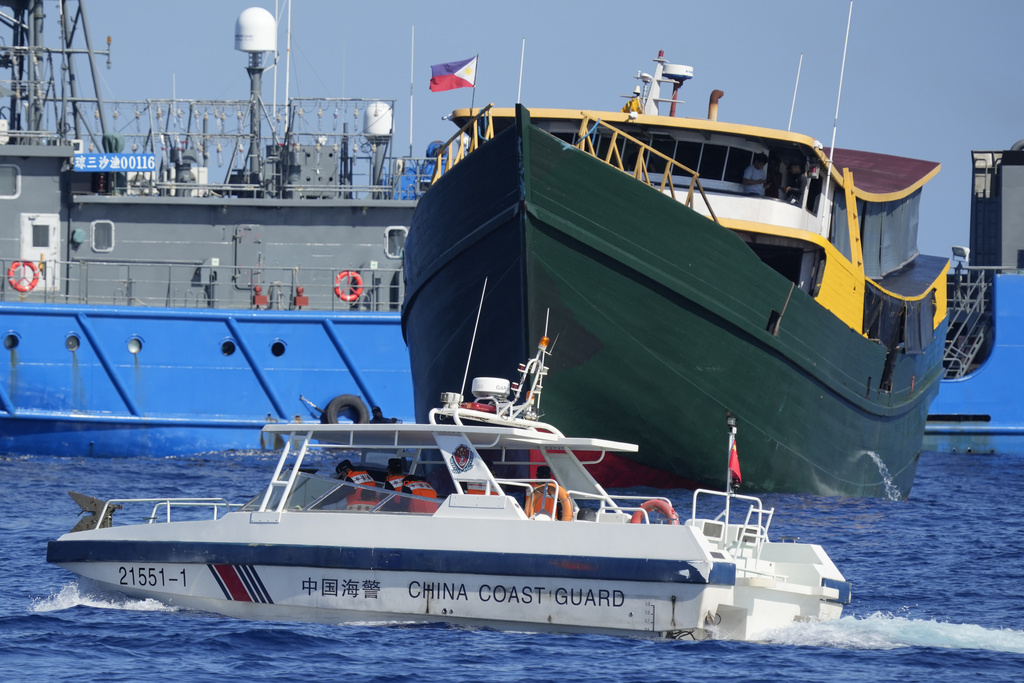
BANGKOK (AP) — The top American diplomat for East Asia and the Pacific criticized China on Thursday for using intimidation tactics against other countries in the region to press its sweeping maritime claims in the South China Sea.
Speaking to reporters after returning to the United States from meetings with officials in Singapore, Cambodia, Thailand, Vietnam and Brunei, Daniel Kritenbrink said he had used the trip to emphasize Washington’s commitment to ensuring all nations respect “freedom of navigation and freedom of overflight in the peaceful resolution of disputes.”
He said China “has taken a number of steps in the South China Sea that both run counter to international law, but that also utilize coercion to intimidate partners in ways that we find deeply unacceptable and destabilizing,” said Kritenbrink, who is the Assistant Secretary of State for East Asian and Pacific Affairs.
China claims almost the entire South China Sea as its own territory, and has active disputes with the Philippines, Vietnam, Malaysia, Taiwan and Brunei. It has become growingly assertive with its maritime presence in the resource-rich and busy waterway, and Kritenbrink’s comments came the same week that a Chinese coast guard ship sideswiped a Philippine patrol vessel at sea.

The hostilities Tuesday off the Philippine-occupied Second Thomas Shoal were just the latest in the contested waters, which many fear could spark a larger conflict between China and the U.S. and its allies.
The U.S. regularly sails warships through the Taiwan Strait and conducts naval maneuvers in the South China Sea and “everywhere that international law allows, which Kritenbrink said demonstrates that “all countries share those same rights.” The U.S. strategy also involved helping ensure its partners “have their own ability to protect their sovereignty and their own interests,” he said.
“If we do that, we maximize our chances of preventing miscalculation and conflict and, again, promoting peace and stability,” he said.
In Beijing on Thursday, Chinese Foreign Minister Wang Yi accused the U.S. of stirring up trouble in Taiwan and the South China Sea, without mentioning it by name.
“For unreasonable provocations, we will take just countermeasures,” Wang told reporters. “We also advise certain countries outside the region not to stir up trouble, choose sides, and not to become disruptors and troublemakers in the South China Sea.”
Beyond security issues, Kritenbrink said his talks with officials in the region included discussions on economics, climate and energy policy and other issues.
In meetings with new Cambodian Prime Minister Hun Manet, he said he again brought up U.S. concerns about China’s involvement in the expansion of the Ream Naval Base, a project begun under Hun Manet’s authoritarian father, Hun Sen. Hun Manet succeeded Hun Sen as prime minister last year.

Even though Cambodia insists its constitution does not allow any foreign military bases on its soil, two Chinese naval ships already docked there in December. The base on the Gulf of Thailand could give China better access to the strategically important Malacca Strait nearby.
“The United States and a number of countries in the region have expressed serious concerns about the intent, the nature and the scope of construction at the Ream Naval Base, as well as the role that the PRC military is playing in this process and in the future use of the facility,” Kritenbrink said.
He did not say how Hun Manet responded to the concerns, but said overall “we had a very productive and candid exchange.”
Throughout his trip in Southeast Asia, Kritenbrink said, he sought to assure officials that even with much of the world’s focus currently on the conflicts in Gaza and Ukraine, the U.S. remains committed to the region.
“Despite the many global challenges that we collectively face, the United States remains squarely focused on the Indo-Pacific region,” he said.
It is a region, he said, “where we think much of the history of the 21st century will be written, and where America’s future security and prosperity will largely be determined.”















































